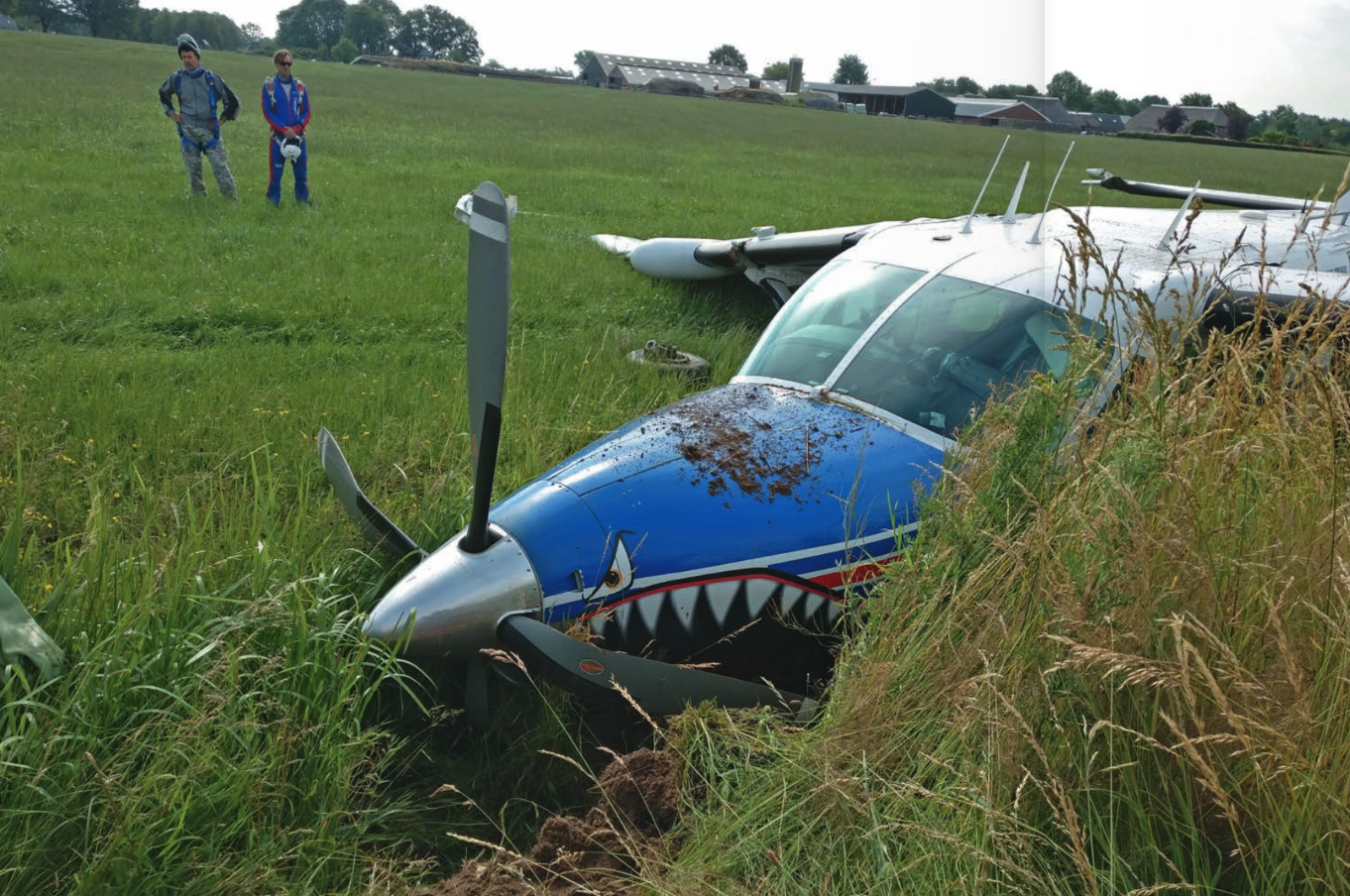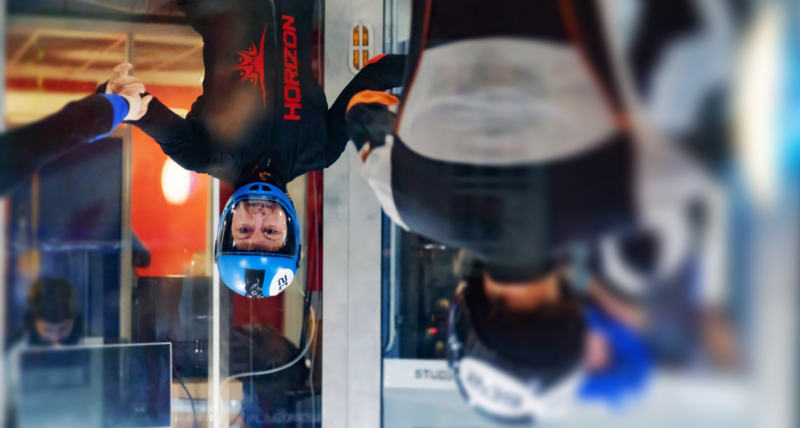British Skydiving Instructor Liam Goddard has joined a rare group – the plane crash survivors’ club! We caught up with him to find out more
It was June 25 at Skydive Teuge in the Netherlands, where I have been working for the past three seasons. Friday is our AFF day – often we have 10 students or more and we try to finish everyone’s Level 4s by the end of the day. We boarded for the first load at just after 9am with four Level 1 students, eight AFF Instructors and five sports Jumpers. The weather was expected to roll in later in the afternoon so we were keen to take advantage of the nil winds and blue skies we had in the morning. I even sat in the middle seat on the floor near the pilot, taking an often-used seat from one of the lead AFF Instructors (something I probably won’t be doing again!). All our planes are C208B Grand Caravans with a Texas Turbine engine, well fitted and well maintained on-site at the airfield,
We took off and all was normal. At about 500ft, we heard a few sputters from the engine and then the dreaded noise of a turbine just stopping. It’s not like a normal engine shut down, it was sudden with the prop slowing and stopping turning within seconds. I checked with the Instructor sitting next to the pilot and the look on his face immediately told me the engine was out for good. We were going to have to land gliding.
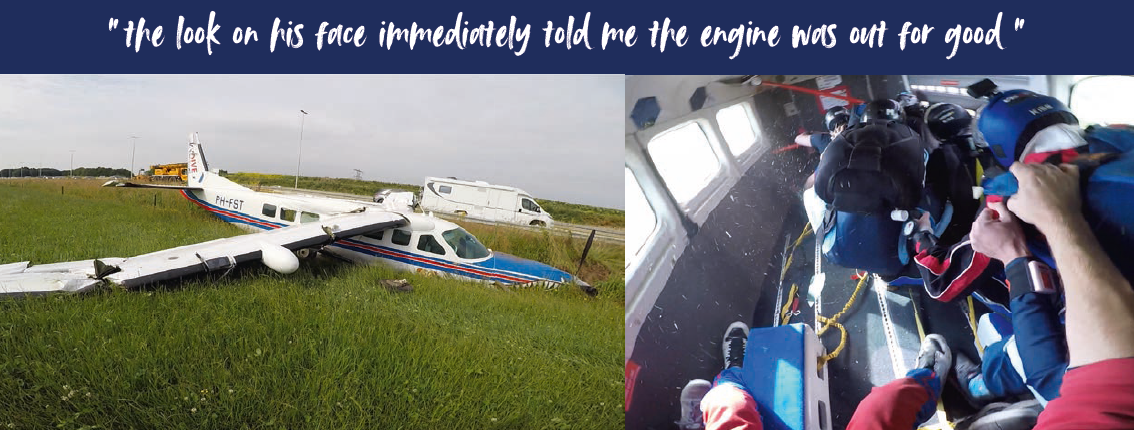
Putting training into action
From that moment I am glad to say training took over. I knew from the direction we had taken off that our landing options were going to be very limited. We were facing directly towards a large city, the highway and many small villages. We were too low to attempt to land back on the airfield so a field was the best option. Thankfully soon after the engine went out, we felt the sudden dive of the plane. Our pilot Hans knew exactly what we needed – airspeed. From that moment I knew Hans had the plane under control, and that our job was to be ready for whatever landing we were going to have.
I called for the door of the plane to be opened – a video I had seen, of a crash without the door open and the struggle to get out, rang at the forefront of my mind. A few jumpers called back “No” initially, thinking it was a call to leave the plane. But now at 300ft, everyone quickly realised we were opening the door so we could get out of the plane should the airframe become damaged on landing. Next came the call for brace positions. Our seatbelts were already on from take-off but we double-checked them and became the big block of humans that you might remember from your ground school training. I checked my student’s position and belt, grabbed his harness and pulled him towards me. Another Instructor’s hand gripped over my shoulder to my chest strap and we looked at each other, both knowing this really might be it.
Brace, brace, brace
From that moment, we waited for the landing. Being sat in the middle on the floor I had no visuals outside of the plane, just my altimeter to watch. I would like to say I had a profound thought or experience at the moment. I did think of my fiancee Jordan and how annoyed she was going to be that I died in a plane crash, but apart from that all I felt was fear – a fear so intense it is hard to fully describe.
Then, touchdown. I didn’t have a window to look out of but I knew we were moving very fast; without an engine we had no brake and I just hoped we didn’t hit anything too big. I felt a lurch up off the ground and then a big bang as we hit the ground again. At that moment the wing hit something and the side of the fuselage caved in, jet fuel and all, We slid some more before coming to a stop Immediately all the staff were straight back in Instructor mode, calling to get out the plane quickly. Everyone calmly and in order made their way out of the plane. I made sure my student left before me, trying my best to hold the emotions in until we were safe.
Being sat by the pilot felt secure for the landing, but waiting at the back to leave and watching jet fuel run down all around the windows was very scary. Once I left the plane I suddenly found myself next to the highway, and climbing over the traffic barrier to get some distance from the plane.
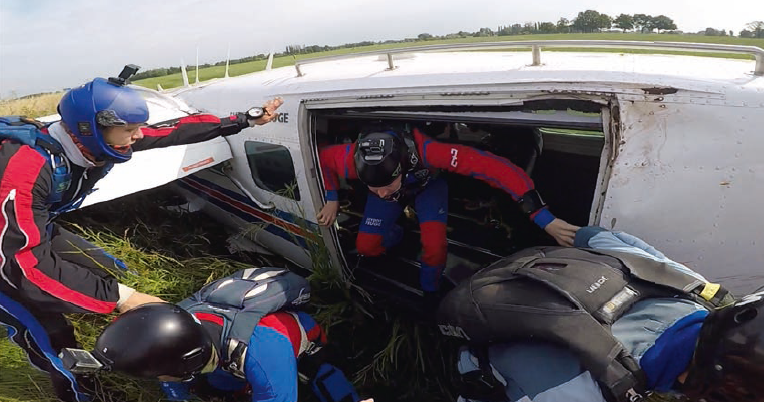
Relief
Once the pilot was also out and it was clear everyone had made it, the emotions started running wild. Some people, myself included, were crying, hugging and thanking the pilot for pulling off the landing while others just had a look of pure relief. Everyone was in shock. The plane had unluckily clipped a roadside advertising billboard, writing off both wings, the wheel struts and the main fuselage. In a twisted way, the only potentially salvageable part of the plane was the engine! Since it wasn’t turning when we landed, nothing got damaged in the turbine.
From there we moved around the field on the other side of the plane. Standing on the highway didn’t seem like the best place to be, as people drove past taking photos! A few jumpers with phones called the centre to let them know our location and that everyone was alive, and we waited for the emergency services to arrive.
First on scene was an ambulance and police, then shortly after the full response with command units, multiple fire trucks and even a police helicopter taking photos of the crash. Those with minor injuries stayed with the medical staff at the crash site, and everyone else was moved away. Energy drinks and Mars bars were given out, which help quite a lot when your body is in that much shock.
I made calls to my fiancee and my mum, emotional but feeling glad that everyone was ok. The staff from the centre arrived shortly after (we were in an awkward spot to reach by road as the highway was closed on both sides). We waited for the all-clear and gave our information to the police, who allowed us to move back to the centre and wait there as a group for comfort.
Once back there were plenty of hugs and relief from all the staff and sports jumpers. Beer and whiskey was handed out very promptly. I can say I was glad to have a drink in the middle of the day.
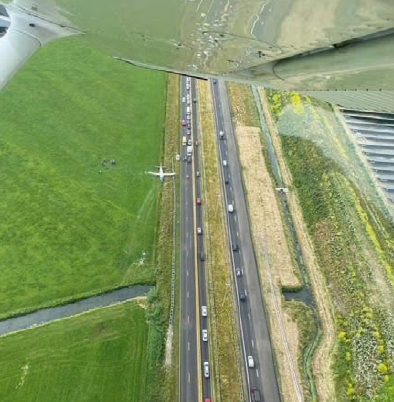
Lessons learned
I learned that there are a few major factors in your chance of surviving an engine out at a low altitude. One is of course having a plane that is a good glider, and Grand Caravans are excellent at this even without the prop feathered. The other is available outs: we were unlucky that we had the worst take off side as we were pointing towards the city whereas the other direction has many more fields and is significantly less built-up looking back we landed in pretty much the only available area. The most important part is a pilot that knows exactly what to do. Our pilot Hans is highly experienced, and has been flying gliders for years so he knew exactly what to do and how to get us down as safely as possible.
Another thing is how important seat belts are. Hans had to bank us nearly 90 degrees, with the open door pointing at the ground. The jumpers sat by the door say the only thing keeping them inside the plane was their belts. A note here, make sure your seatbelts can’t reach out of the door! They also need to be quick release – we have the giant RSL shackles which release easily with a single pull, even when under load. A lot of jumpers tried to leave without removing them, and being able to release them whilst under tension saved them valuable seconds, especially if the plane had caught fire. If you are reading this looking at your plane’s climbing carabiners, think how fast you can get that off hanging by it with the plane on fire? Those £75 quick-release shackles don’t look so expensive for a DZ with that image in mind.
I am glad to say I don’t think anyone would have done anything differently apart from maybe skipping the first load of the day. The jumpers listened and followed the emergency procedure to the T, and it shows as we are all still here.
Advice
Make sure you talk about and think about what you would do in an aircraft emergency. Talk to your pilot and ask them, what would they do in an engine out at the DZ? Ask your fellow jumpers, check your plane restraints to make sure there are enough, and they are suitable. Is the door easy to open? Does it stay open? Our roller door came back down by almost half during the crash. A clip could have helped with this, and we are now getting them fitted on our other aircraft doors.
Events like this tend to catch you off guard. This one certainly took us by surprise. Expect that it can happen, plan for it, and you might just be one of the lucky members of the plane crash survivors group!
By Liam Goddard, Liam is a British Skydiving AFF Instructor working at Skydive Teuge in the Netherlands.
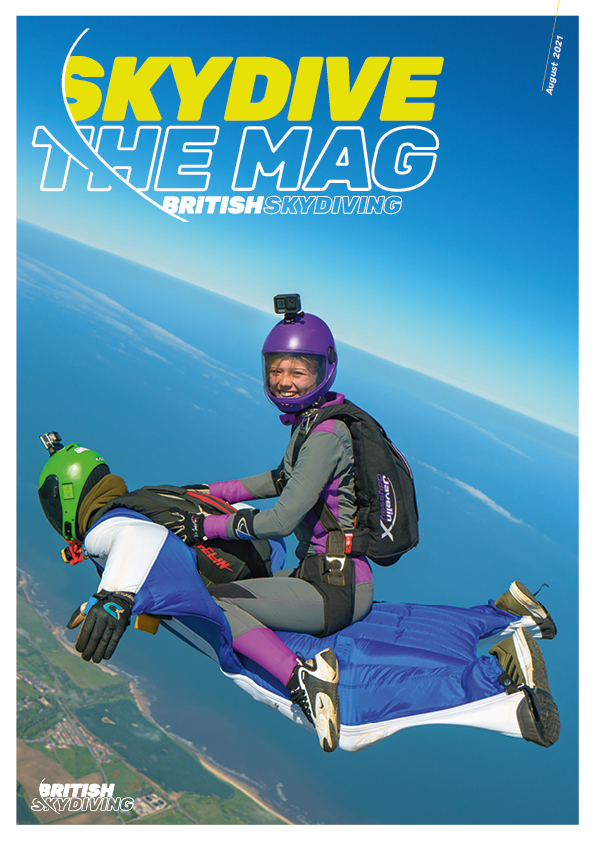 First published in the August 2021 issue of Skydive the Mag.
First published in the August 2021 issue of Skydive the Mag.


